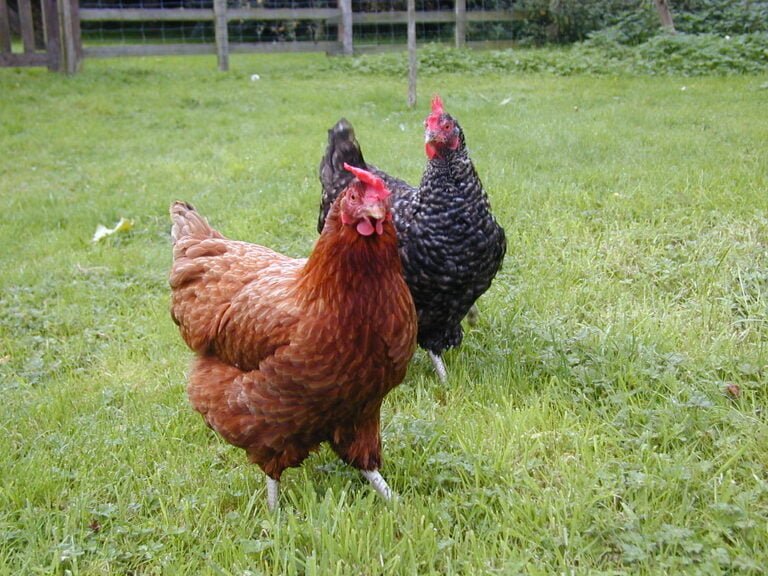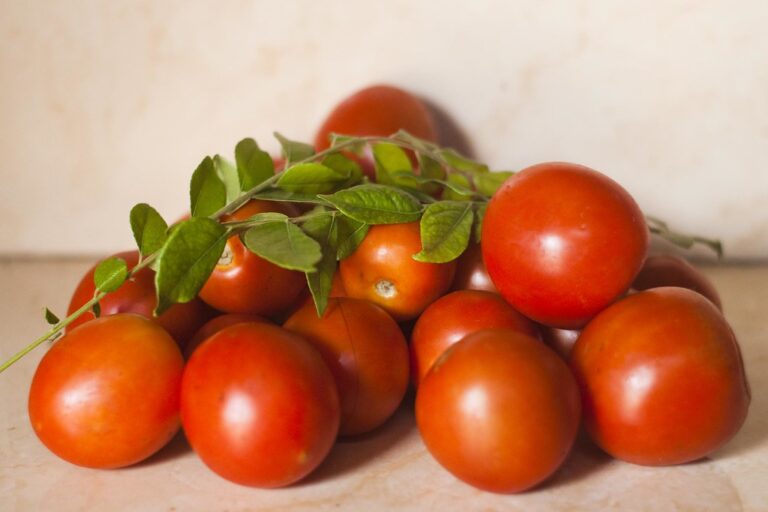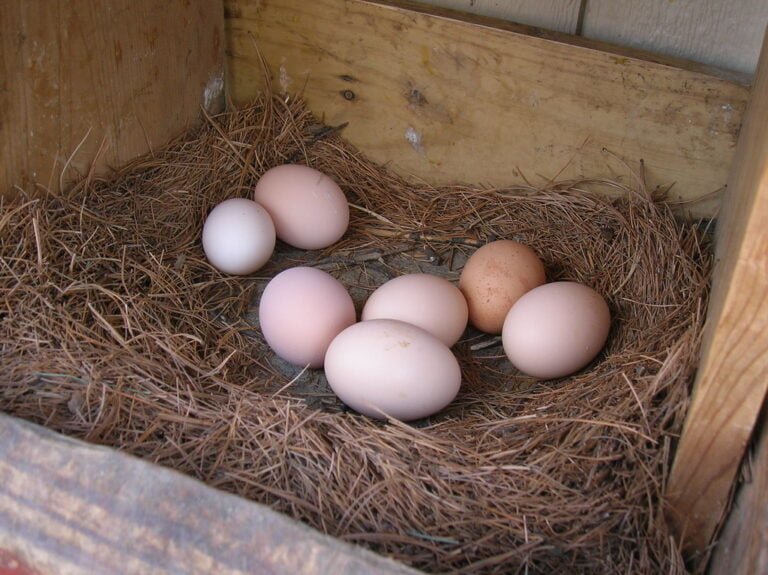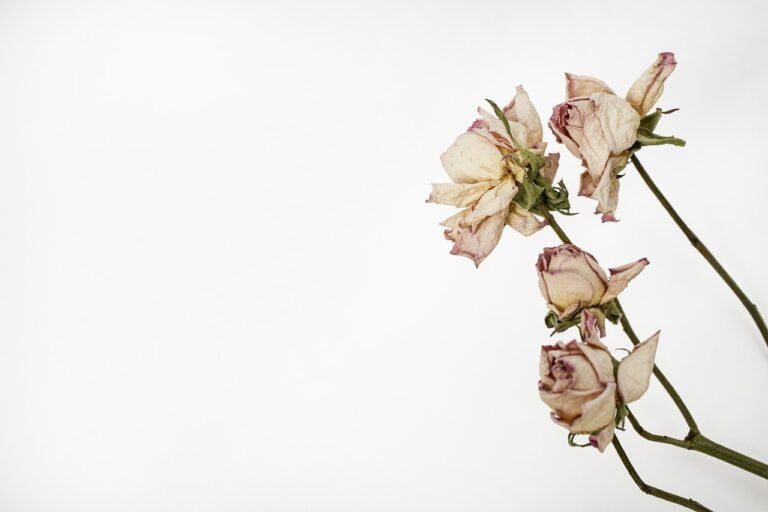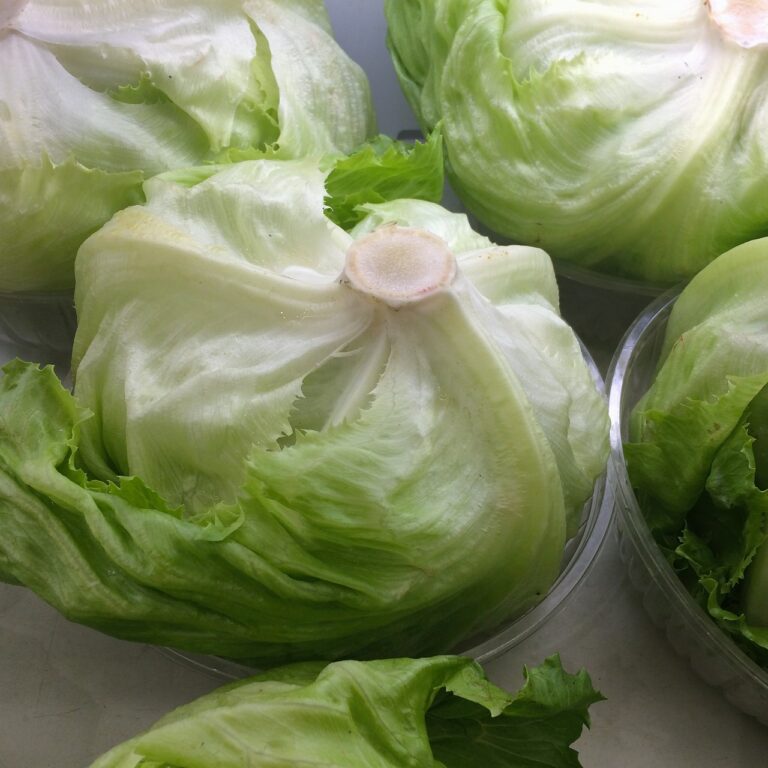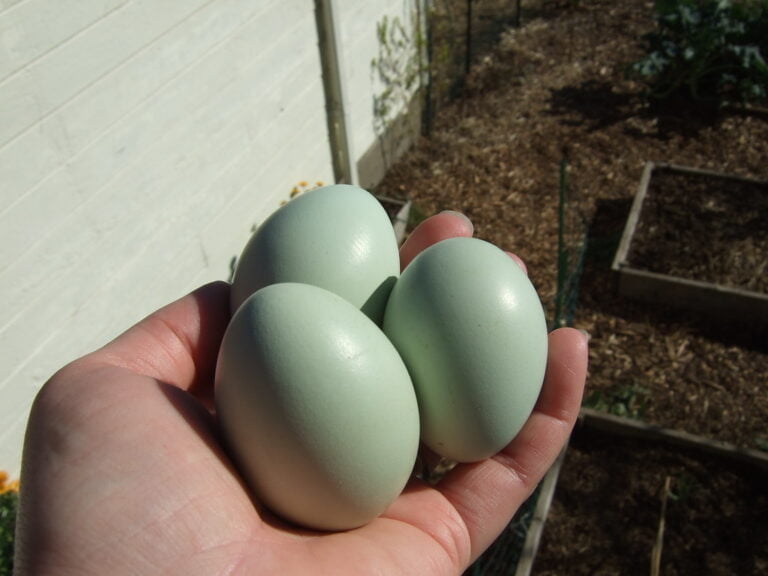Identifying When Butternut Squash Is Ripe: a Comprehensive Guide
Are you unsure about when to harvest your butternut squash? Look no further! In this comprehensive guide, we will walk you through the steps to identify when your butternut squash is ripe and ready to be enjoyed. By examining the color, texture, firmness, size, and weight of the squash, as well as assessing the stem and vine connection, observing the time since flowering, and evaluating the drying of the curls at the base, you'll be able to confidently determine the perfect time to harvest your butternut squash.
Understanding the Growth Stages of Butternut Squash
To understand the growth stages of butternut squash, you should familiarize yourself with the plant's various phases of development. The first stage is the germination phase, where the seed sprouts and develops roots and leaves. This usually takes about 7-14 days. Next comes the vegetative growth stage, where the plant focuses on leaf and stem development. During this phase, it's important to provide the plant with plenty of nutrients and water to support its growth. After about 30-40 days, the plant enters the flowering stage, where it produces male and female flowers. Bees and other pollinators play a crucial role in transferring pollen between flowers, leading to fruit development. Finally, the fruiting stage begins, and the butternut squash starts to develop. It takes approximately 80-100 days from planting to harvest, depending on growing conditions. By understanding these growth stages, you can better care for your butternut squash plants and ensure a successful harvest.
Examining the Color and Texture of the Squash Skin
To determine if butternut squash is ripe, assess the color and texture of the squash skin. The ideal color for a ripe butternut squash is a deep tan or beige, with no hints of green. As the squash ripens, its skin will become harder and less glossy. Gently press your fingertips against the skin to check for firmness. A ripe squash should feel hard and solid, without any soft spots or indentations. The skin should also feel smooth and slightly rough, without any blemishes or bruises. Additionally, a ripe butternut squash will have a dull, matte appearance. Remember to trust your senses and rely on visual and tactile cues when examining the color and texture of the squash skin to ensure you choose a perfectly ripe butternut squash.
Checking the Firmness of the Squash
To determine the firmness of the squash, you can gently press your fingertips against the skin. A ripe butternut squash should feel firm and solid, without any soft spots or indentations. When you apply pressure, the skin should not give in easily. Instead, it should offer some resistance and bounce back slightly. If the squash feels too soft or mushy, it is likely overripe and may not have the best texture or flavor. On the other hand, if it feels extremely hard and unyielding, it may still be underripe and need more time to develop its sweetness. By checking the firmness of the squash, you can ensure you choose the perfect one for your delicious recipes.
Observing the Size and Weight of the Squash
Check the size and weight of the squash to further determine its ripeness. When assessing the size, look for a squash that is about 8 to 12 inches long. A fully grown butternut squash should have a weight of around 2 to 3 pounds. Keep in mind that the weight can vary depending on the variety and growing conditions. As the squash ripens, it will feel heavier in your hand. Additionally, a ripe butternut squash will have a dense and solid feel when you pick it up. Avoid squashes that feel lightweight or have any soft spots. By paying attention to the size and weight, you can ensure that you choose a perfectly ripe butternut squash for your culinary endeavors.
Assessing the Stem and Vine Connection
When assessing the stem and vine connection, you can determine the ripeness of the butternut squash by examining its attachment point. A ripe butternut squash will have a dried-up and shriveled stem, indicating that it has fully matured and is ready to be harvested. The stem should also be firmly attached to the squash, with no signs of rot or mold. Additionally, the vine connection should be dry and brittle, indicating that the squash has reached its peak ripeness. If the stem is green and moist, or if it easily detaches from the squash, it is a sign that the squash is not yet fully ripe and should be left to mature on the vine for a little longer. By carefully assessing the stem and vine connection, you can ensure that you are harvesting a perfectly ripe butternut squash for your culinary delights.
Tapping Into the Sound Test Method
Continue evaluating the ripeness of your butternut squash by tapping into the sound test method. This simple yet effective technique can help you determine if your squash is ready to be enjoyed. Start by gently tapping the butternut squash with your finger or knuckle. A ripe squash will produce a deep, hollow sound, indicating that the flesh inside is firm and well-developed. If you hear a dull or thud-like sound, it means the squash is not yet ripe and needs more time to mature. Remember to tap various parts of the squash, including the top and bottom, to get a comprehensive assessment. By using the sound test method, you can ensure that your butternut squash is at its peak of ripeness and ready to be included in your favorite recipes.
Monitoring the Time Since Flowering
To accurately determine the ripeness of your butternut squash, regularly monitor the time since flowering using a calendar or journal. This is a critical step in ensuring that your squash is harvested at its peak flavor and texture. Butternut squash typically takes 80 to 100 days from flowering to reach maturity. You can easily track the time by noting down the date when the first female flowers appear on the vine. Keep in mind that the male flowers, which do not produce fruit, will bloom before the females. As the days go by, mark the passage of time in your calendar or journal. This method will help you stay on track and make sure you don't miss the ideal harvest window for your butternut squash.
Noting the Drying of the Curls at the Base
As the butternut squash continues to mature, an important sign to look for is the drying of the curls at the base. This is a reliable indicator that the squash is nearing its ripe stage. When the squash is still young and not yet ready for harvest, the curls at the base will be soft and green. However, as the squash matures, these curls will start to dry out and turn brown. This drying process occurs from the base upwards, signaling that the squash is developing its sweet and nutty flavor. To ensure that your butternut squash is at its peak ripeness, check the base regularly and harvest it once the curls are completely dry. This attention to detail will guarantee a delicious and satisfying meal for you and the ones you serve.
Evaluating the Curing Process of the Squash
To evaluate the curing process of the squash, check for changes in the skin color and firmness. As the squash cures, you will notice a transformation in its skin color. Initially, the skin is pale green, but over time it will develop a deeper, richer tan color. This change indicates that the squash is curing properly. Additionally, the firmness of the squash will also change during the curing process. When you press gently on the skin, it should feel firm and solid. If the squash feels soft or spongy, it may not be fully cured. Remember, a properly cured squash will have a tough outer skin that can withstand long-term storage. By assessing the changes in skin color and firmness, you can determine if the curing process is complete.
Considering External Factors for Ripeness
When evaluating the ripeness of butternut squash, consider external factors that can provide further indications of its readiness for harvest. One important external factor is the color of the squash's skin. A fully ripe butternut squash will have a deep, rich tan color. Avoid squash with green or pale yellow skin, as they are not yet ripe. Another factor to consider is the texture of the skin. Ripe butternut squash will have a hard, firm skin that is difficult to puncture with your fingernail. If the skin feels soft or easily indented, the squash is likely not ripe. Lastly, examine the stem of the squash. A ripe squash will have a dry, brown stem, indicating that it has reached maturity. By considering these external factors, you can ensure that you harvest butternut squash at its peak ripeness.
Conclusion
In conclusion, identifying when butternut squash is ripe requires a comprehensive approach. By understanding the growth stages, examining the color and texture of the skin, checking firmness, observing size and weight, assessing the stem and vine connection, monitoring the time since flowering, noting the drying of the curls at the base, evaluating the curing process, and considering external factors, you can ensure that your butternut squash is perfectly ripe and ready to be enjoyed in your favorite recipes.

